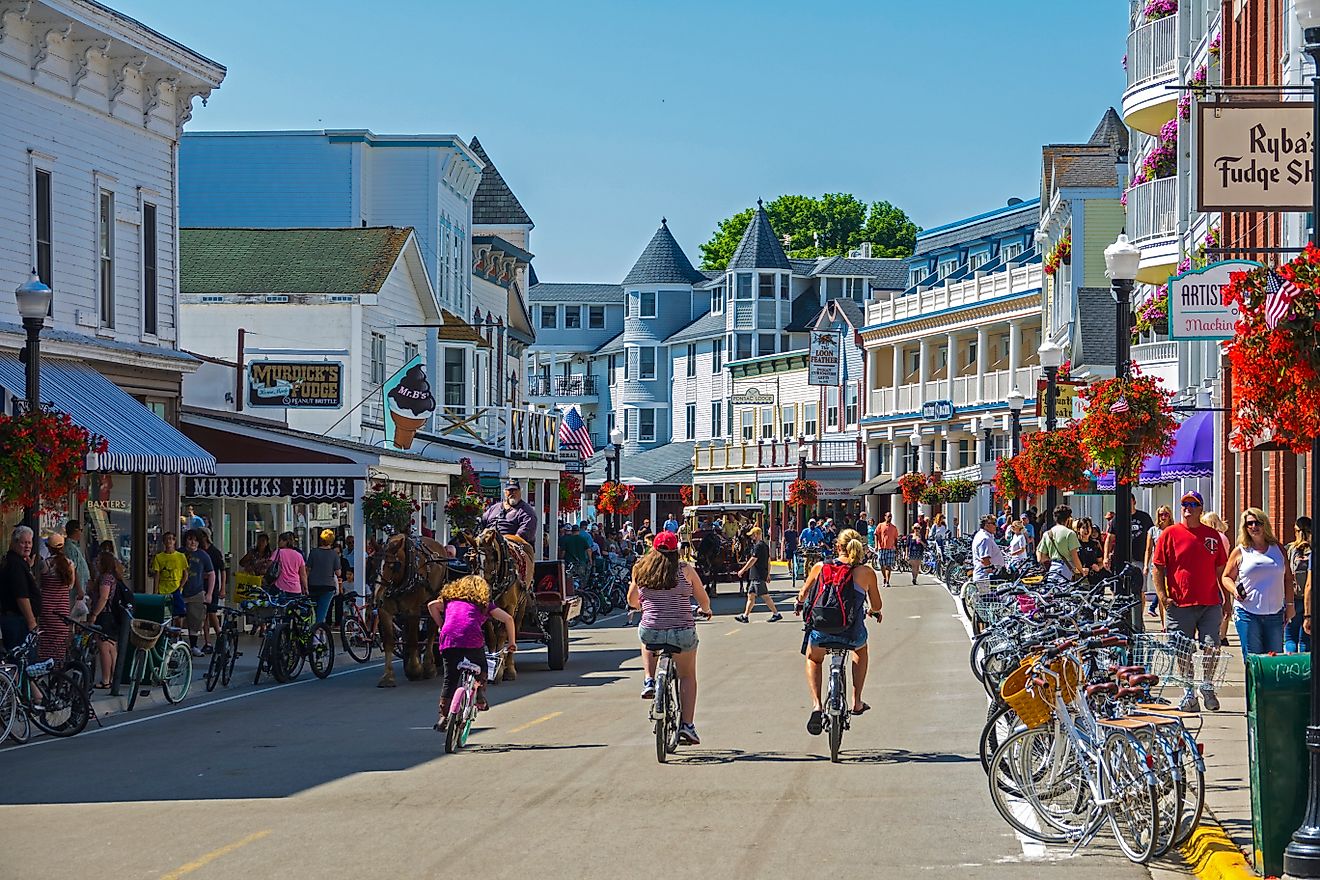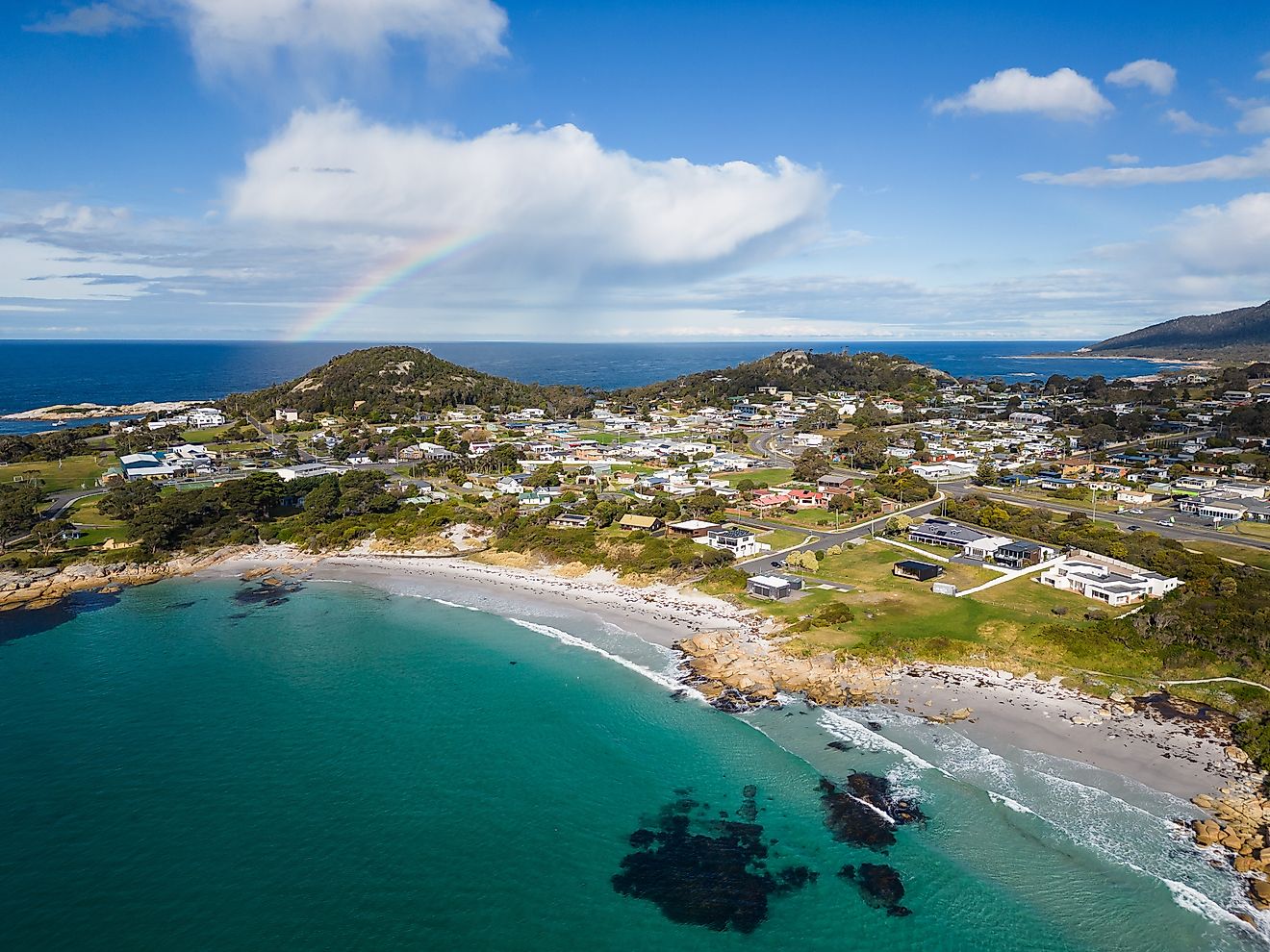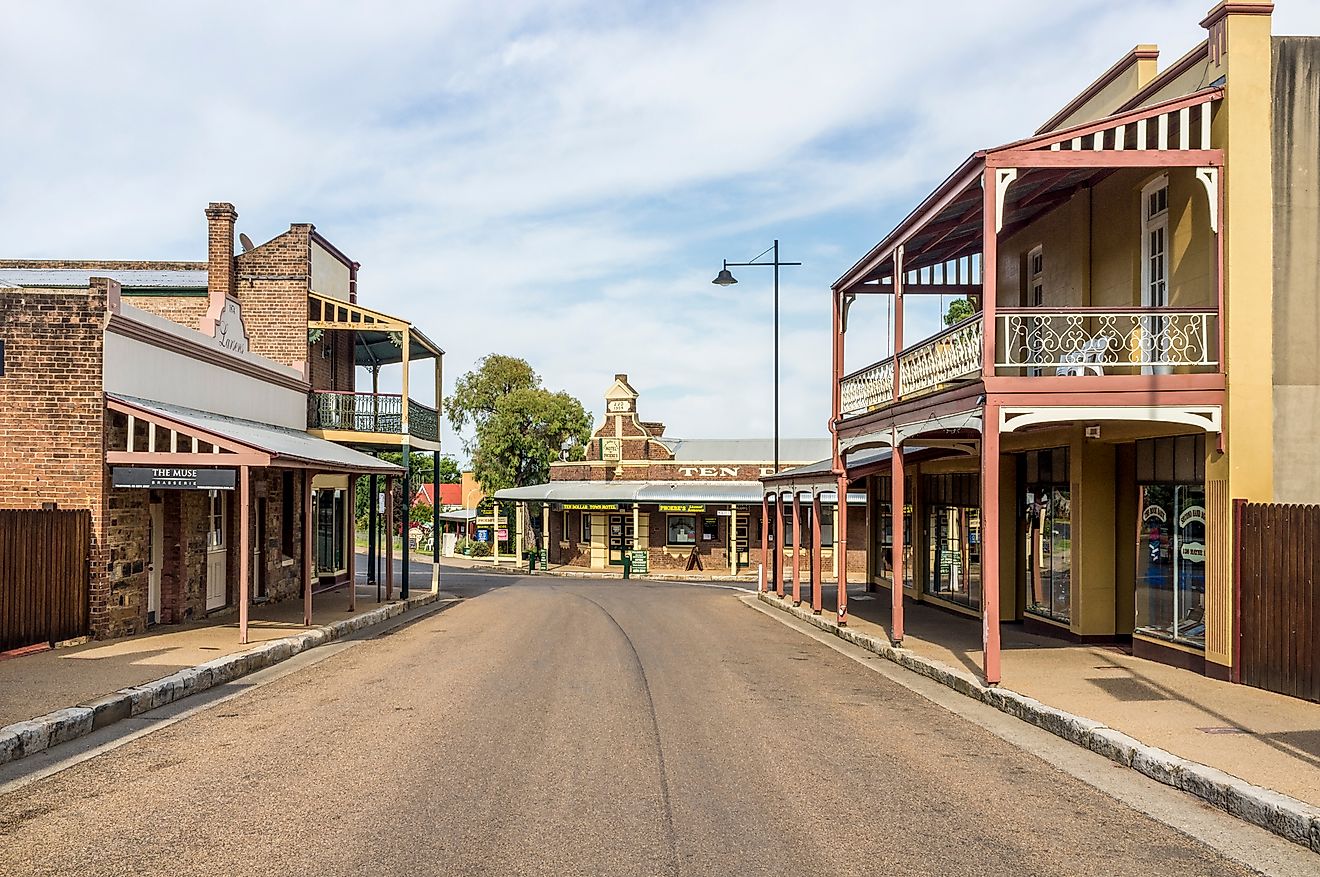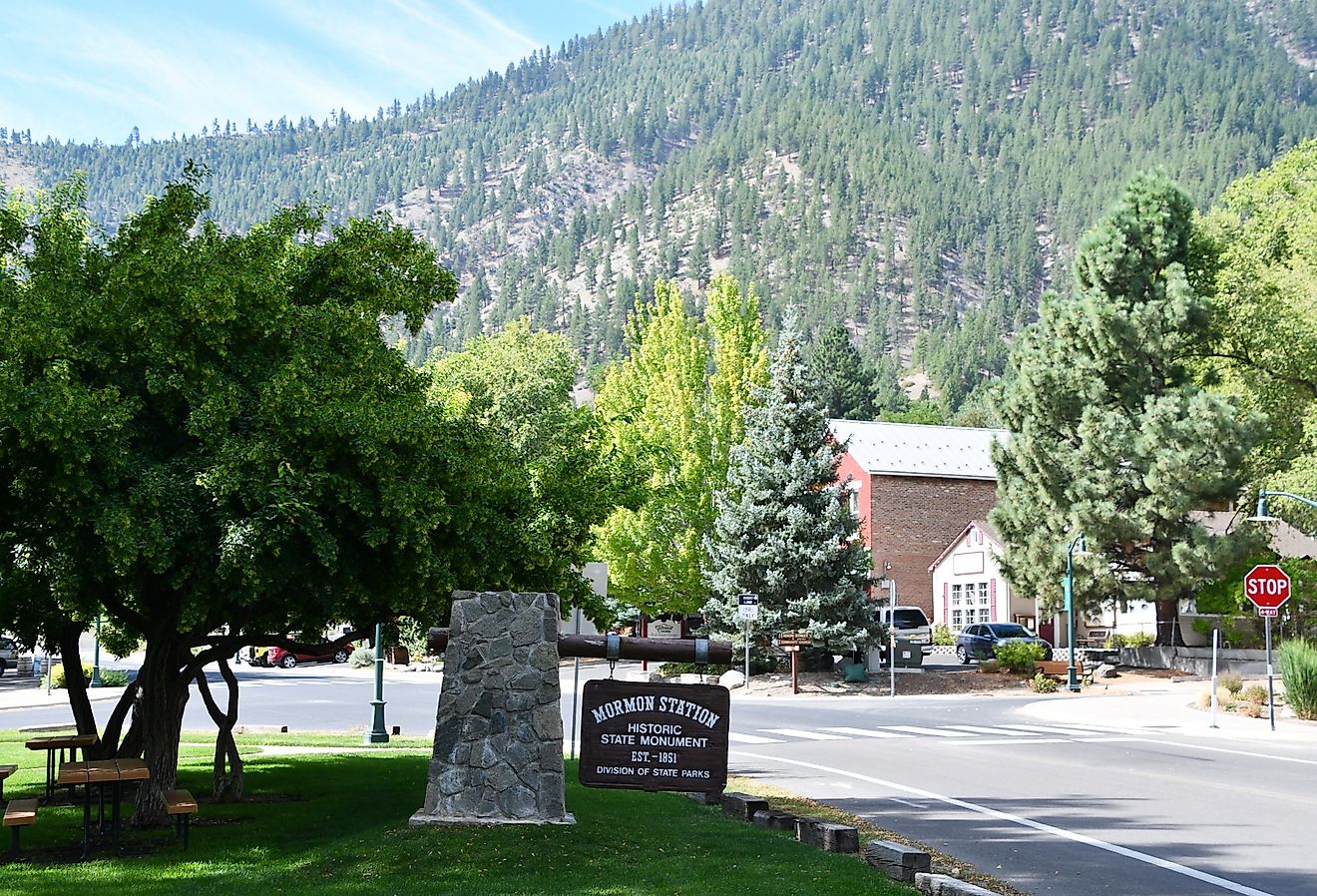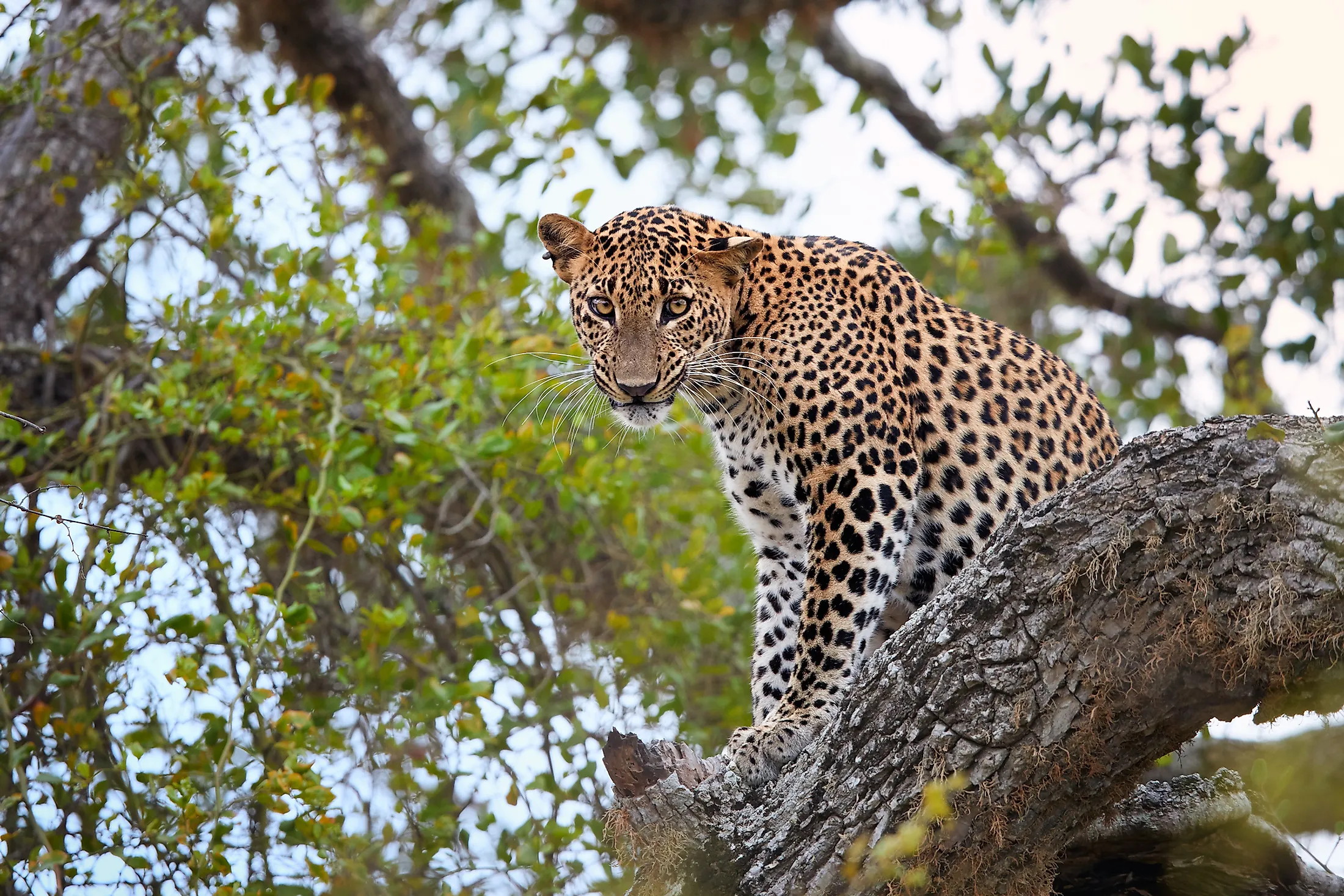
Yala National Park, Sri Lanka
Yala National Park is located in the Uva and Southern provinces, on the southeastern coast of Sri Lanka. The park borders the Indian Ocean, and therefore has a long stretch of coastline. Yala National Park covers an area of 978.807 sq.km and is considered as Sri Lanka's second largest national park. The Park is situated about 300km from the country's capital Colombo and is also the most visited National Park in Sri Lanka.
Conservation History
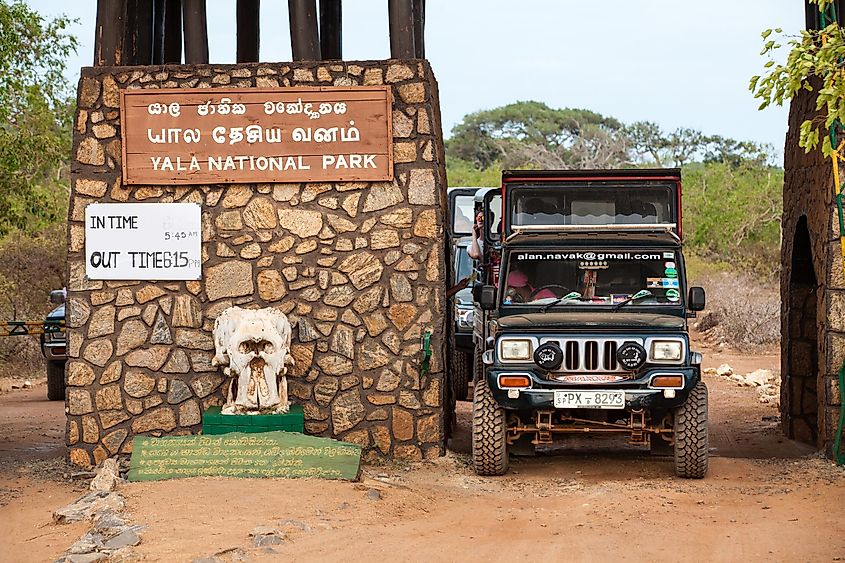
The region was first designated a wildlife sanctuary in 1900, with an area of only 389 sq. km. The sanctuary occupied the area between the Kumbukkan and Menik rivers. The wildlife sanctuary was later declared a National Park on March 1,1938, under the flora and fauna protection ordinance. The park was later expanded to include additional ‘blocks’. The Yala National Pak was severely affected by the 2004 Indian Ocean tsunami.
Landscape
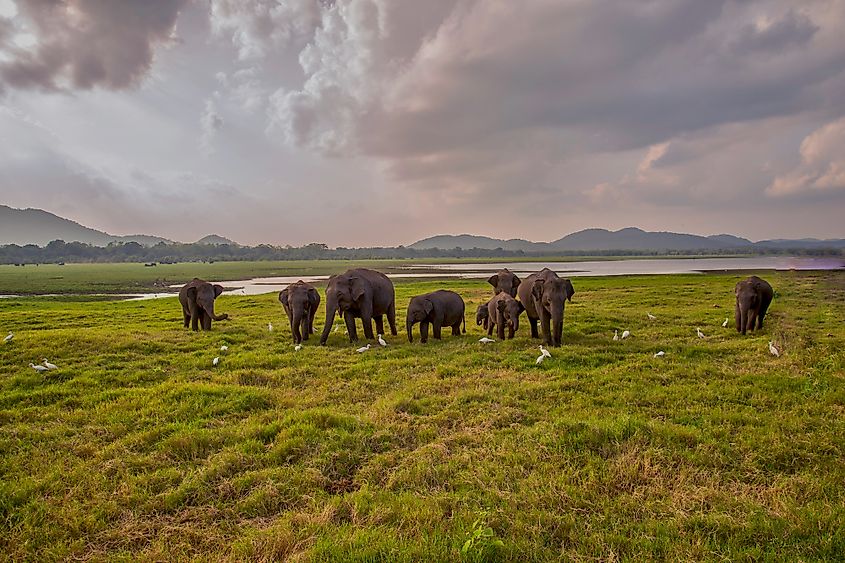
The region in and around Yala National Park is diverse and full of life. A variety of different ecosystems exist side by side here, from wetland to forests to beaches. The park is more generally in a dry semi-arid region, with intermittent rains during the monsoon season. Because of this rainfall fluctuates greatly. Monsoons bring large quantities of water, but in drier months lagoons, streams and ponds are important for the survival of wildlife. Generally waterways flow south to the ocean from the highlands, some of which run through Yala. These important water sources include Menik river and Kumbukkan River, as well as Maha Seelawa, Buthawa, Uraniya, and Pilinnawa natural water tanks.
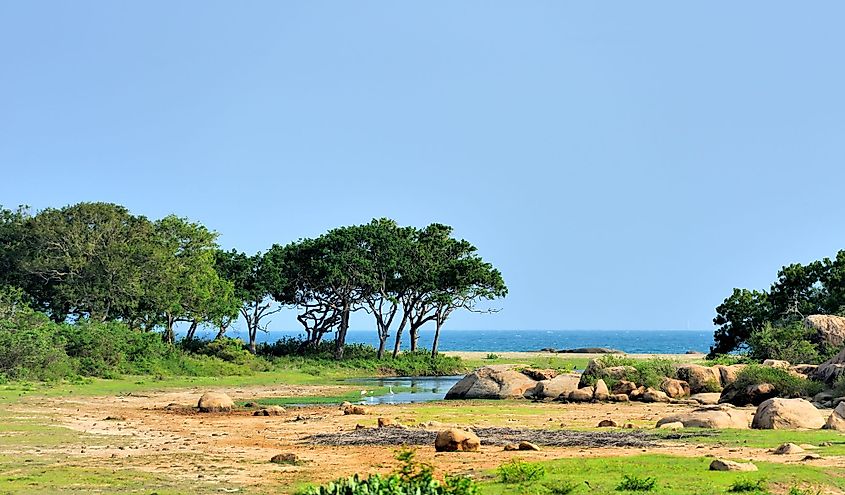
The coastal areas of the park are mainly sand beaches, offering views of the Indian Ocean to the south. Wetlands - both marine and fresh water - as well as grasslands and marshes are also abundant in the lowlands, and provide habitats for a wide range of animals. Additionally, monsoon forests, dry monsoon forests, and thorn forests all exist within the park’s borders. Yala is a flat area, with low rolling hills and plains. The elevation within the park ranges from 30m near the coast to a maximum height of 125m while moving inland.
Flora
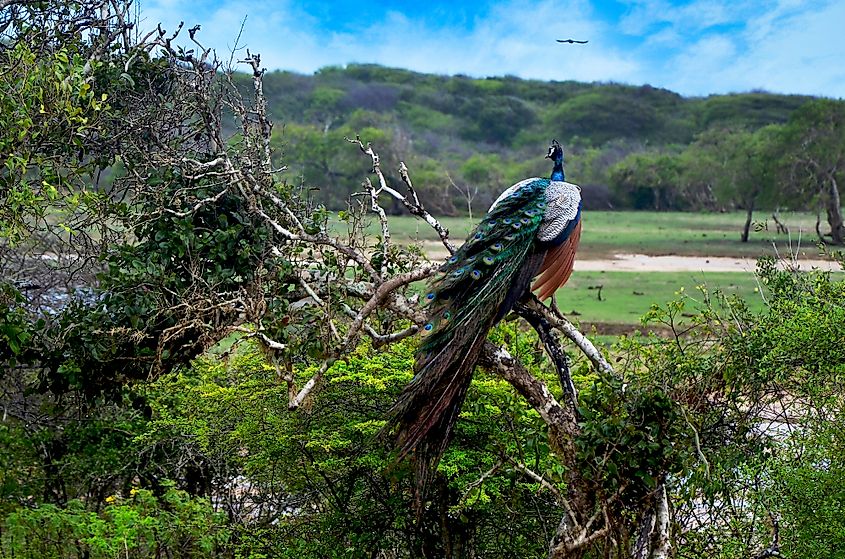
There are a variety of ecosystems in the Yala National Park and surrounding areas. Forests, wetlands and grasslands all play a part in the landscape and flora of the region. Over 300 different types of plants, including a wide range of flowering plants have been recorded in the park. Examples include ceylon satinwood, bell mimosa, banyan, toothbrush tree, indian blackberry, neem, mailkara hexandra, limonia, cordifolia euphorbia and acacia. Wild rice can also be found in these parts, and the wet grasslands have been known to hold rice paddies at times.
The forested areas are around the Menik River, relying on continual water sources for growth. Mangroves, including mangrove trees and semi-aquatic vegetation are abundant in Buthuwa lagoon, with the primary plant being Rhizophora mucronata. Mangrove forests also exist near the Menik River, in the large saline estuary. Rhizophora mucronata, Sonneratia caseolaris, Avicennia, and Aegiceras corniculatum can be found in these areas as well as in the Pilinnawa, Mahapothana, and Pahalapothana lagoons.
The forest area can be found throughout the inland areas in all blocks of the park. Large Drypetes sepiaria and Manilkara hexandra trees fill much of the forests with their wide thick trunks and high reaching canopies. Grasslands and rangelands tend to occupy the lower elevations towards the coastline, and provide food sources for most of the grazing animals in the area. The primary type of grass in these fields is Cynodon barberi, though Zoysia matrella is prominent in sandier beachy areas.
Wildlife
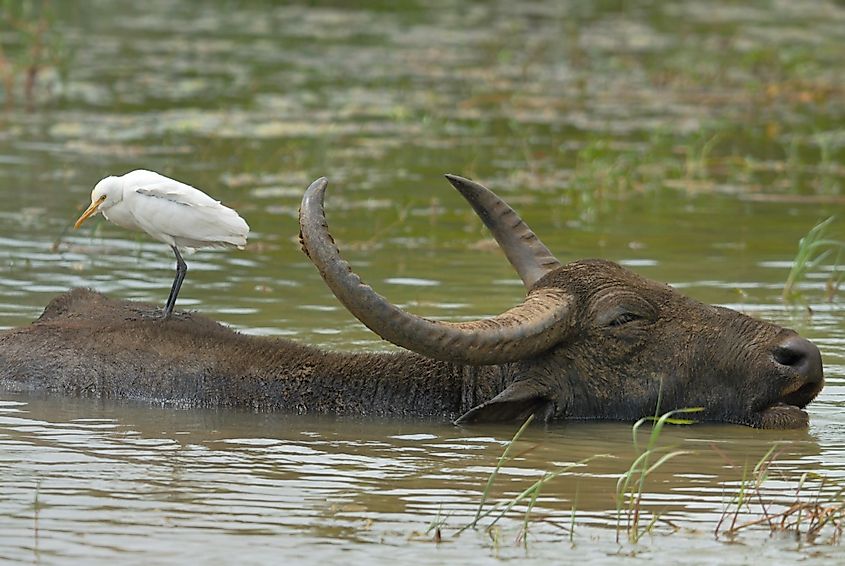
The many ecosystems in the park provide homes for a wide range of birds and animals. The wetlands and coast areas, as well as the high canopies of the forests offer excellent habitats for avians, and some 215 different species live within the park. Birds are so abundant here that Yala National Park has been named one of 70 important bird areas within Sri Lanka.
Birds range from aquatic, to raptors, to songbirds, and include a wide range of sizes. The Cotton Pygmy-Goose lives in the wetlands, while various other marsh-loving species of storks, cormorants, pelican, heron, egret, and ibis also hunt among the marshes and coasts. Similarly, the smaller sandpipers and stints run along the beaches, while kingfishers and hornbills hunt from on high. Some predator birds include the White-bellied Sea-Eagle, kites, shikra, buzzards, and four species of owls. Smaller hunters such as the stunning green bee-eater and flycatchers are also common here. Woodpeckers are also found in abundance in the forests, as are Malkoha and cuckoos, parakeets, and parrots. Lithe flyers such as lapwing, drongo, swallows, swifts, warblers, plower, wagtails, pipits and terns often live in and around the grasslands. Other bird species include various fowl and quails, such as the Sri Lanka Junglefowl, doves and pigeons, three types of nightjar, crows and prinia including the Jungle Prinia.
Mammals
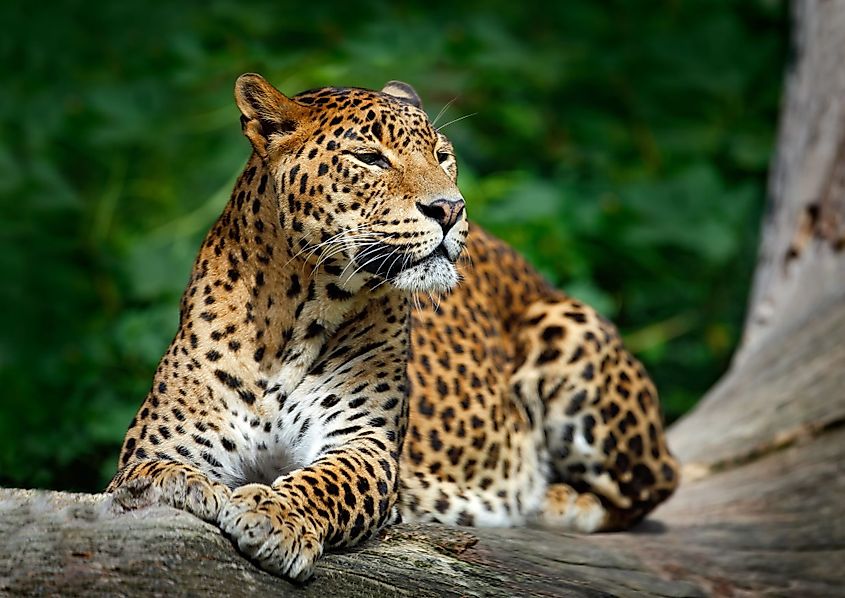
Some 44 different mammals also live in Yala national Park. One of the most popular is also the biggest, and that is the Elephant. The Sri Lankan Elephant is a subspecies of the Asain elephant, the smaller of the two remaining species - the other being African. Other large animals in the park include water buffalo, that prefer the wetlands and marshes, as well as a variety of grazing animals such as the Sri Lankan Axis Deer. There are also large predators that call Yala National Park home. Though they are not often seen by humans, leopards do live and hunt in these areas, and in fact, the park has one of the densest populations of leopards anywhere in the world. Sri Lankan sloth bears also live in the park, living in lowlands and dry forests. Sloth bears are considered a threatened species, with less than 1,000 living on the island of Sri Lanka.
Reptiles
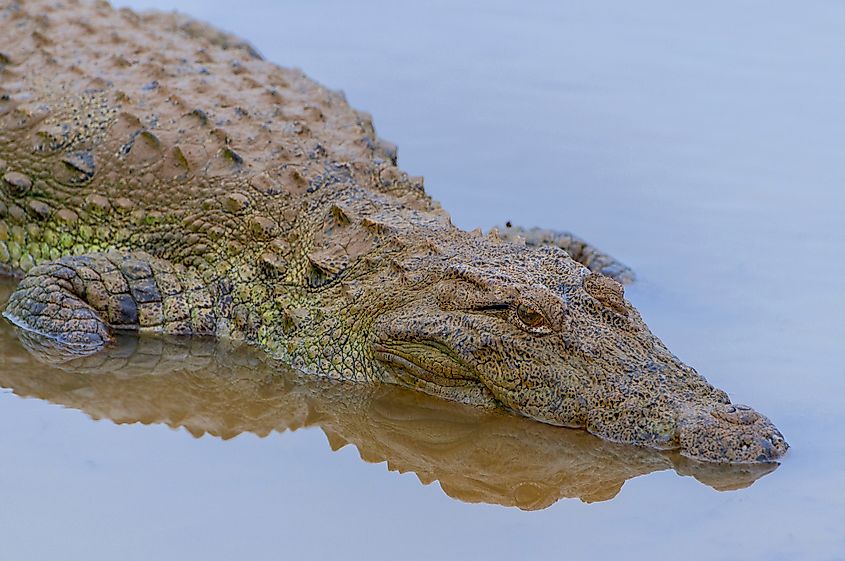
About 47 species of reptiles have been recorded in the Yala National Park, of which 6 are endemic species. Sri Lankan flying snake, Sri Lankan krait, Bahir's fan-throated lizard are some of the endemic reptilian species that are found here. Other reptiles like the Russell's viper, Indian cobra, mugger crocodile, and saltwater crocodile are also found. The endangered sea turtles including the leatherback turtle, loggerhead turtle, olive ridley turtle, etc visit the coastal areas of the National Park.
Other Fauna
About 18 amphibian species and 21 freshwater fishes have beeb recorded in the Yala National park. Crustaceans like prawns and crabs are found in the lagoons of the park. Several lepidopteran species like the Common Jezebel, Common Mormon, Common bluebottle, etc are also found in the park.
